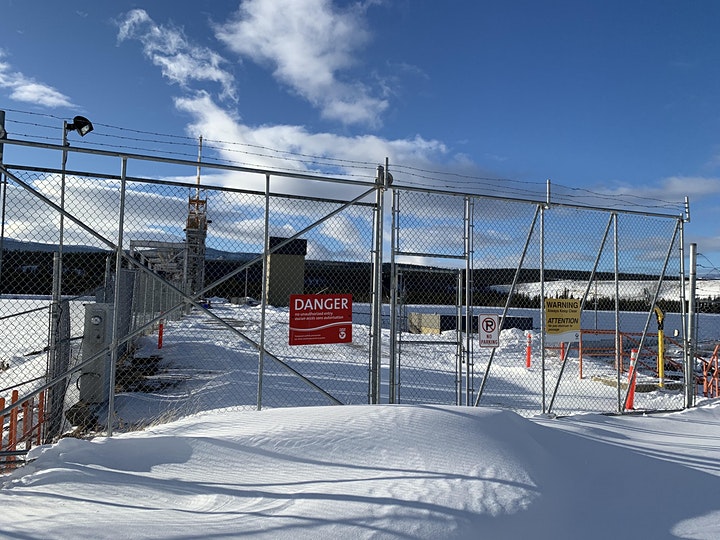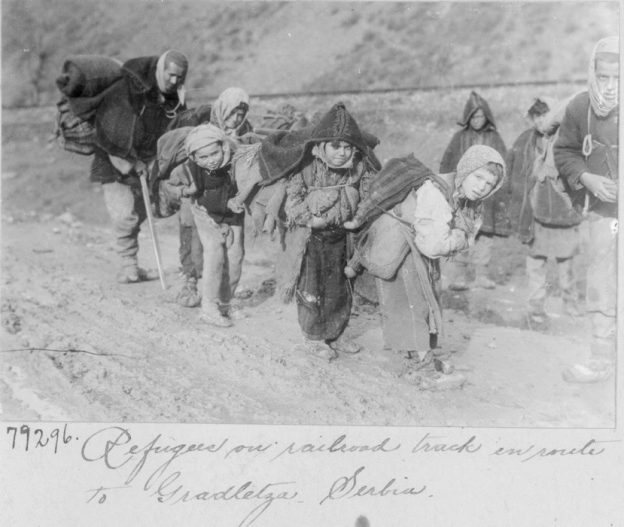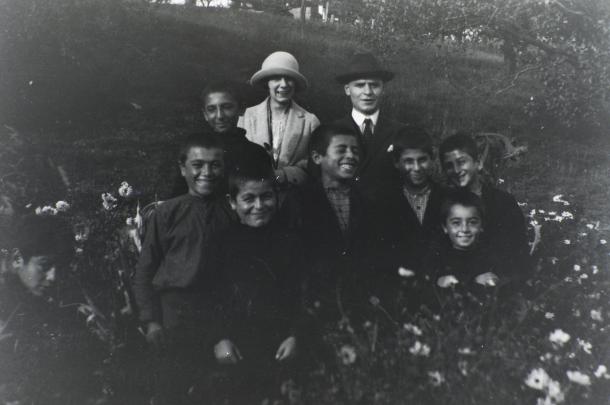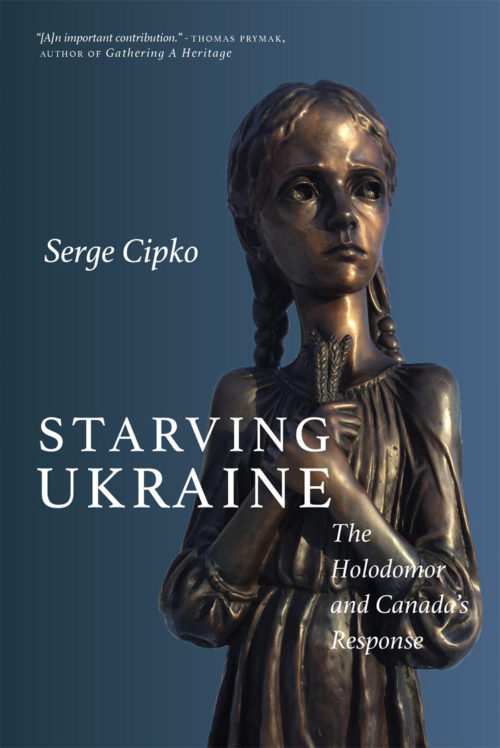Developing the North: Hydroelectric Dams and the Hinterlands in Canada and India, 1953-1958, by Jill Campbell-Miller
Tues, February 15, 2022 – 7:00-8:30pm
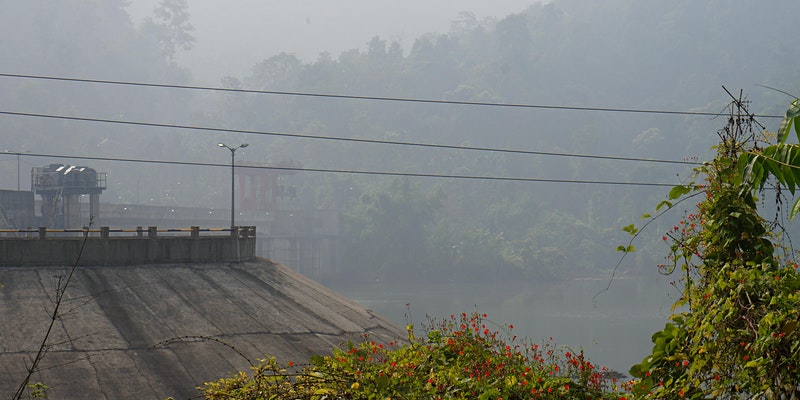
About the Event
“Electricity, now-a-days, almost symbolises Civilisation.” This quotation, taken from a c. 1951 report by the Central Waterpower Irrigation and Navigation Commission of the Government of India, states plainly the objective of waterpower development in the “hinterlands” of states during this era. Disconnected from the administrative state, often largely populated by Indigenous or other minority ethnic groups, yet rich in potential for natural resource development, the hinterlands of modern states posed challenges and opportunities for governments in the mid-twentieth century, and to a great extent, still do. Hydroelectric power offered governments a technical solution to perceived political and economic problems. During this period Canada saw a growth in the international potential of its consulting engineer sector. As the federal government in Canada sought to develop its own hinterlands, partly by providing hydroelectric power to these regions, they also supported the growth of Canada’s consulting engineering sector abroad, by promoting their businesses through the foreign aid program. This talk will examine two hydroelectric projects built during the same era, the mid-1950s, one in Canada in the Yukon Territory, and one in India in the state of Assam (present-day Meghalaya), and both funded by the Canadian state. Both projects involved the Montreal Engineering Company, a politically-well connected consulting engineering firm. Though such projects achieved the goal of providing cheaper electricity to these hinterland regions, they had major consequence for the Indigenous peoples that lived in the areas where the dams were constructed, a consequence of little concern to those in power at that time.
Dr Jill Campbell-Miller is Adjunct Professor of History, Saint Mary’s University
A link to the virtual event will be sent to registrants on Sunday evening, 13 February.
Registration for the event can be found on Eventbrite.
